
Renewables strain could shatter Taiwan's coal and nuclear dependency dreams
Offshore wind projects are especially threatened by supply issues and uncertain commercial operation dates.
Whilst Taiwan aims to cut down its coal dependency to 30% and be nuclear-free by 2025, some are skeptical that the renewed focus on renewables, particularly on offshore wind projects, expected to fill the generation gap left behind by nuclear and coal by mid-2020 will be enough to pick up the momentum.
The nuclear phase out and coal reduction appear to be stressing on the Taiwanese grid with increasing power demand with gas fired power stations and LNG terminals struggling to come online on-time, Zi Sheng Neoh, principal consultant at Wood MacKenzie, told Asian Power. “As well, the commercial operation date (COD) of CPC's Taoyuan's LNG import terminal remains uncertain, whilst Taipower's 1,000 MW gas fired power stations in Tatan may potentially face gas supply issues,” she noted.
According to Daine Loh, analyst for Fitch Solutions, Taiwan’s electricity market is increasingly strained, and have faced increasing risks of shortages and rising electricity prices.
She highlighted how in August 2017, Taiwan experienced a significant power blackout which affected nearly seven million households and also hit offices and factories on the island. Whilst the outage had a limited impact on industrial consumers and power was restored fairly quickly, the blackout has threw Taiwan's energy security into the spotlight. “This has been largely a result of the reduction in coal and nuclear power generation, with the inability to replace it quickly enough with alternative sources,” she explained to Asian Power.
The country’s electricity consumption is projected to edge up 1.86% annually from 2018 to 2025, with electricity prices forecasted to jump 29% to $0.11 (NT$3.39)/kWh by 2025, a March report by the Ministry of Economic Affairs (MOEA) revealed. The estimated 1.86% annual growth was an upward revision from the 1.26% forecast by the ministry in 2017 after factoring in large scale investments in the semiconductor sector, more overseas Taiwanese businesses returning and investing at home, climate change, and the emergence of electric vehicles.
Following along this forecast in April, the electricity rates for the country’s 1.91 million households and 170,000 small businesses witnessed an average hike of 3% or $0.09 (NT$2.6253)/kWh.
“Given that Taiwan has limited experience in the sector, it requires more investments from foreign companies which increases costs in the short term, hence the backlash from developers as they are potentially facing higher costs than initially anticipated,” Robert Liew, senior analyst from Wood MacKenzie, said. In January, MOEA finalised its feed-in tariffs (FiT), slashing it by 5.71% instead of the proposed 12.71% to $0.18 (NT$5.516) per kWh for the next 20 years, prompted by fury from offshore wind developers concerned that the reduction in subsidies would threaten the viability of their projects.
Neoh added that as Taiwan undergoes a market liberalisation, in which the overall process may take up to eight to 10 years, Taipower will need to realign its long-term strategic plans as competition in the market stiffens up as customers have access to open corporate power purchase agreements (PPAs). This could potentially corrode their earnings in the short-term as consumers move away from the grid (rooftop solar) or go into a direct corporate PPA with a renewable energy generator, he explained.
In January, tech giant Google signed its first PPA in Asia, inking a deal to purchase the output from a 10MW PV installation in Tainan City to power its Changhua County data centre on the island’s west coast. “This is the first step that has been taken in Taiwan to liberalise the power market and end the monopoly by Taipower in the distribution of power. No doubt other large industrial customers, particularly those with zero emission policies, may follow suit as corporate PPAs would enable them to source power from a verified renewable energy source,” John Yeap, partner for Pinsent Masons, said.
But whilst market liberalisation may dampen the average costs of generation, it still will not shield consumers from the expected hike in electricity retail tariffs in the short-term as Taiwan moves away from coal and nuclear and transitions to LNG for power generation.
“It’s a difficult balance for the government at a time when the national energy plan is to open up the power market. If power prices do not drop, expectations are that denuclearisation will be further delayed with less space for more renewables investments,” Neoh said.
Taiwan’s electricity generation is largely sourced from thermal sources such as coal and gas, which made up 83.6% in total of their power mix in 2019. MOEA’s Bureau of Energy also admitted that traditional power plants are still an important source of electricity in the country’s market - although it a spokesperson for the agency stressed that it is fully committed to promoting Taiwan’s energy transformation to reduce the emissions of air pollutants.
“In the past few years, we have seen nuclear-power generation continue to decline, from 12.4% in 2016 to estimated 9.7% in 2019, and this was replaced largely by gas and non-hydro renewables which have risen by 2.74% and 1.78%, respectively,” Loh said. “We forecast the share of non-hydro renewables generation in the total power mix to rise from 4.4% in 2019 to more than 13% in 2028.”
Project pipeline flaws
According to Fitch Solutions’ Key Projects Database, Taiwan has the largest project pipeline for offshore wind in Asia, amounting to 4.8GW, or 27% of the total project pipeline in Asia. That said, Loh noted that she does not expect all of it to come online.
Yeap echoed this sentiment, adding that the hurdles power companies will be on ensuring that the various approved offshore wind projects they clinched can in fact be financed and constructed.
“As with developing power projects in any jurisdiction, the PPA is always vital for the lenders to determine the bankability of the project. The model PPA in Taiwan has many risks, for example there is no deemed COD, no protection for grid curtailment, no relief for force majeure, and lack of termination payment,” he said.
In terms of construction, Yeap explained that with theTaiwan strait still being a relatively new area for developers, there is a shortage of vessels and experienced personnel. “As the supply chain is still being developed, it remains to be seen whether the projects will be constructed according to plan,” he commented.
He further highlighted how other challenges also remain on meeting localisation requirements, such as the recent suggestions that locally flagged vessels only should be permitted to be used for these projects.
“There are also ongoing concerns over the availability of transmission for the evacuation of the offshore wind generation - a concern that will have to be addressed by Taipower if all the proposed offshore generation is to be transmitted through the transmission and distribution network,” he noted.
Coal and nuclear still dominant
Following the country’s No. 8 referendum, which asked ‘Do you agree that Taiwan should establish an energy policy that undertakes not to construct any new coal-fired power plants or generators or expand existing facilities (including the expansion of the Shen'ao Power Plant)?’, a majority of the population voted to reduce coal output and to stop the construction and expansion of coal facilities.
“However, at the same time, some government officials have defended the need for coal-fired power plants for grid stability and continued economic development in Taiwan, especially so given the economy’s dependence on industries such as semiconductor manufacturing,” Loh explained. Wood MacKenzie also forecasts that Taiwan’s coal generation would remain around 40% by 2025.
In November 2018, the Taiwanese electorate voted to repeal the Democratic Progressive Party's (DPP) Nuclear Phase-Out Act, which stipulated that all nuclear power generation facilities 'shall cease to operate by 2025'. The referendum was held together with the country's local elections, with the DPP performing poorly and president Tsai Ing-wen’s resigning as the chairwoman of the DPP as a result. In May 2019, the Legislative Yuan amended the provision of the Electricity Act following the results of the referendum.
Another referendum proposal is also said to be underway to address the question of Taiwan's fourth nuclear power plant, which has been stalled since 2014 due to public opposition.
“The result of the referendum must have caught the government by surprise. In the aftermath of the Fukushima nuclear incident a lot of Taiwanese people voiced for the abandonment of nuclear at all costs, but now it seems that majority of the Taiwanese people prefer the commissioning of the fourth nuclear power plant and decommission some of the larger thermal power plants to reduce pollution, for example the Taichung Power Station, which has a capacity of 5,824MW and was the largest thermal power plant in the world for a long time but now second largest. Now that the voters have spoken, perhaps this is something the government will consider in the future,” Yeap said.
That said, Loh noted that the nuclear phase-down policy will continue for the time being despite the developments, as the government remains committed to achieving a nuclear-free Taiwan.
“Most notably, in February 2019, it was announced by the minister of economic affairs, Shen Jong-chin, that the decommissioning of the Chinchan units will continue, and the operating licences of the Kuosheng and Maanshan units will not be extended.” Loh said. “The current licensing schedules align with our view, as they only enable Taiwan's nuclear reactors to operate until 2025.”
The deletion of the relevant provisions in the Electricity Industry Law does not mean that the government has an obligation to actively promote nuclear power, it merely allows the nuclear power plants to be decommissioned later.


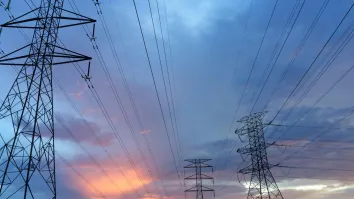
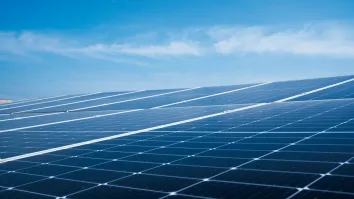
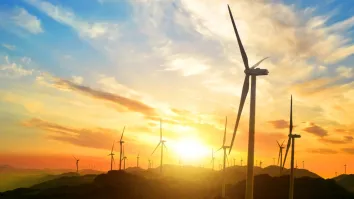
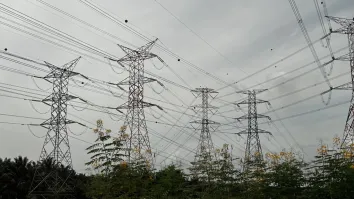




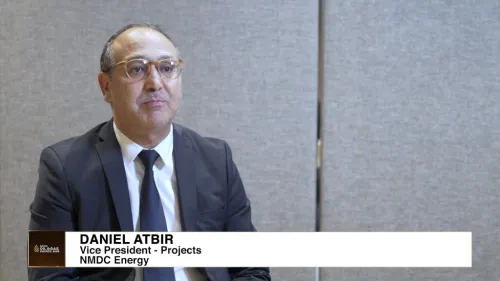








 Advertise
Advertise






